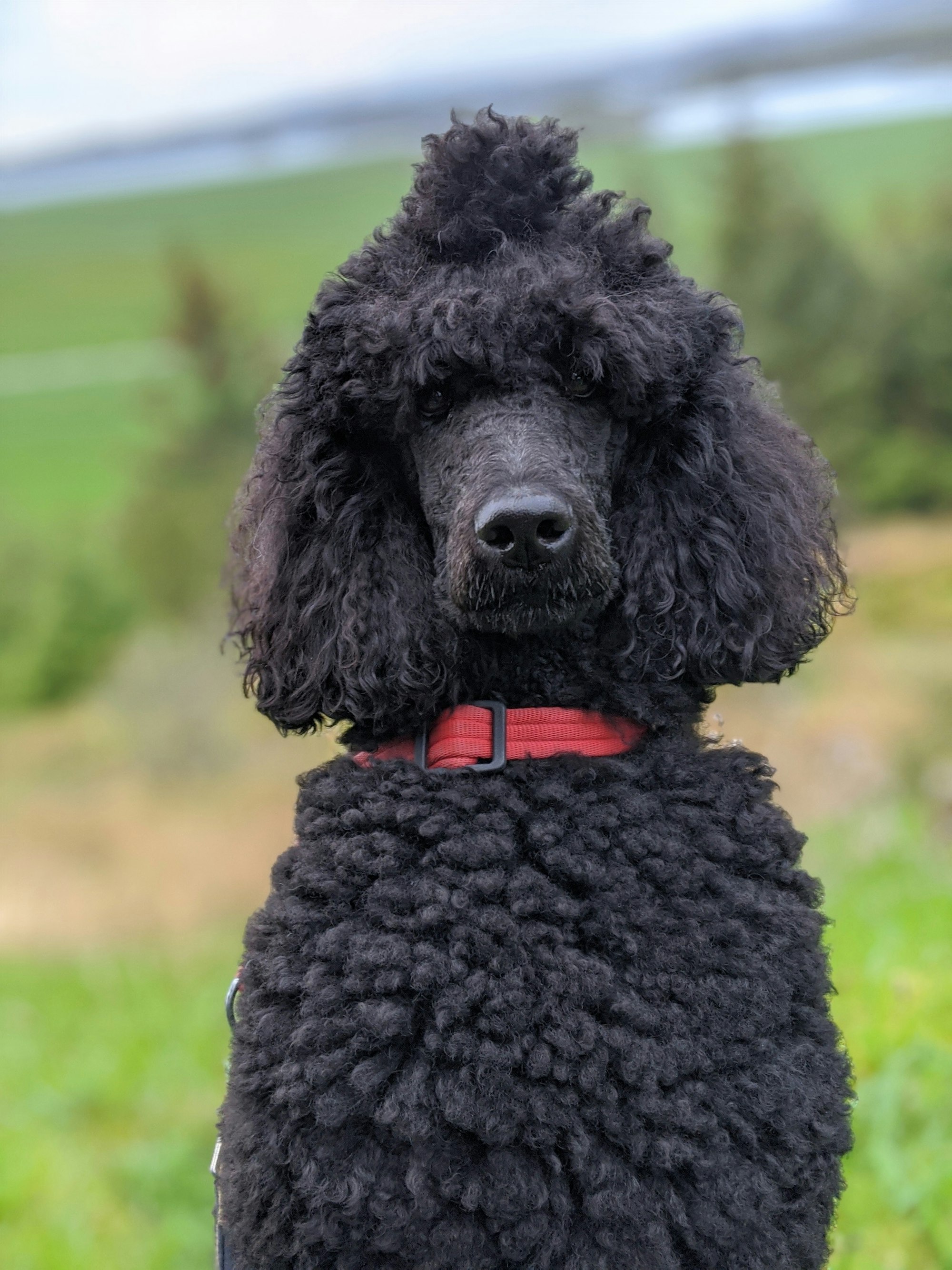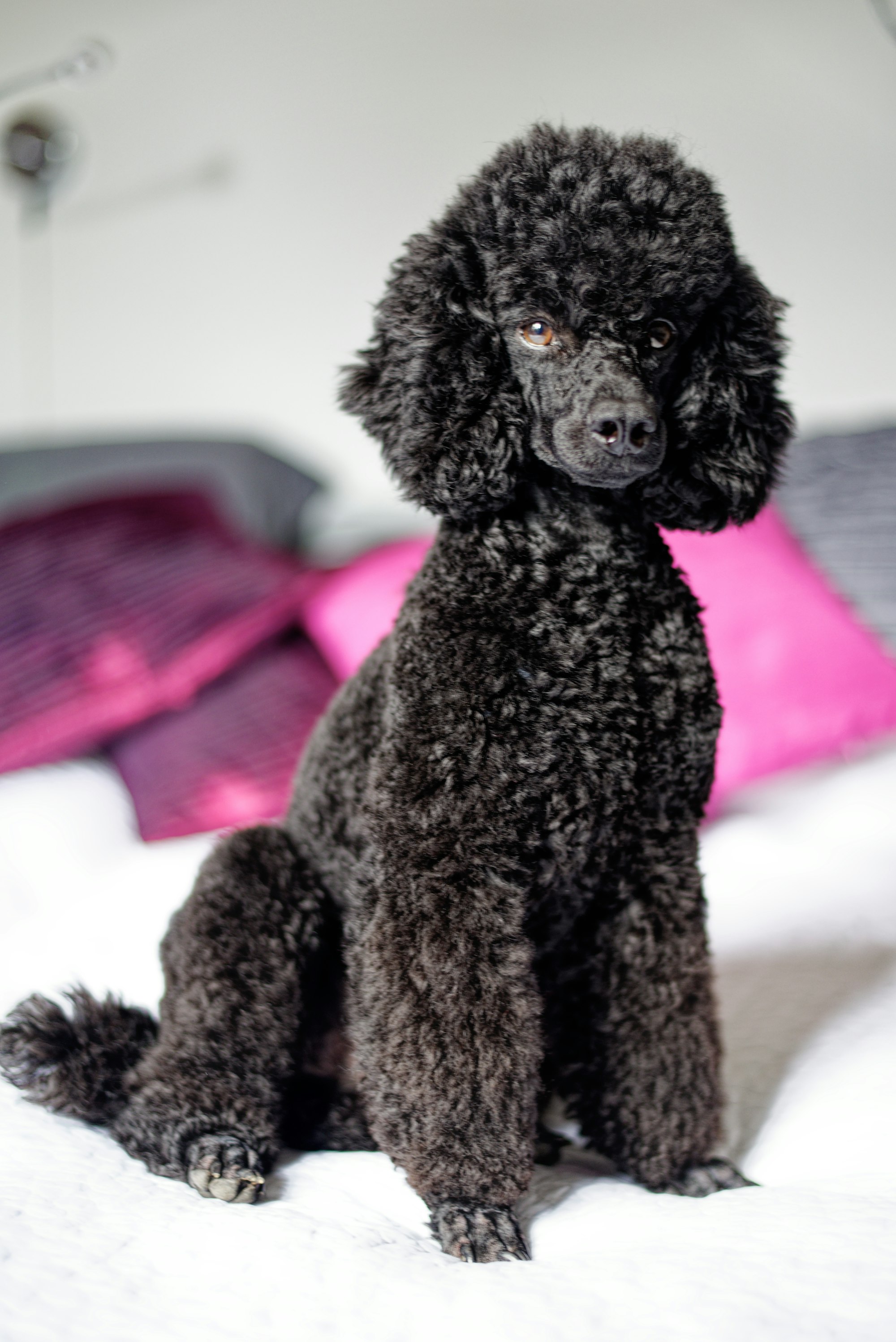The Allure of the Poodle: How This Breed Became an Epitome of Elegance and Grace
Introduction
The poodle, with its distinctive pompons and graceful gait, has long been associated with elegance and grace. This perception has its roots in a complex interplay of historical, cultural, and aesthetic factors that have shaped the breed's image over centuries. This essay will critically examine the intricacies of how poodles became a symbol of these qualities, exploring the various perspectives, evidence, and scholarly research that contribute to our understanding of this phenomenon.
The Historical Origins of Poodle Elegance
The poodle's origins can be traced back to Germany in the 15th century, where it was used as a water retriever. Its curly coat and webbed feet provided insulation and buoyancy in the water. Over time, this working dog found its way into French courts, where it became known for its intelligence and agility. The French aristocracy prized the poodle's ability to learn tricks and perform in elaborate shows.
As the poodle's popularity grew among the upper classes, its physical appearance began to be refined. The distinctive grooming style, with its pompons and shaved legs, was developed to enhance the breed's elegance and grace. This elaborate grooming became a hallmark of the poodle, setting it apart from other breeds.
Cultural Influences and the Poodle's Image
The poodle's association with elegance was further cemented by its presence in art and literature. In the 18th century, painters such as Francois Boucher and Jean-Baptiste Greuze immortalized poodles as symbols of luxury and refinement in their works. These depictions reinforced the breed's image as a fashionable and desirable companion.
In the 19th century, poodles became popular among the wealthy and elite in both Europe and America. They were often seen as an indicator of status and good taste. This association further solidified the poodle's reputation as an elegant breed.
The Influence of Breed Standards
Breed standards, which set guidelines for the physical characteristics and temperament of purebred dogs, have played a significant role in shaping the poodle's perception. The first American Kennel Club (AKC) standard for poodles, established in 1887, emphasized the breed's "dignified" and "elegant" appearance. This standard has been maintained over the years, with the AKC describing the poodle as having a "proud and graceful" demeanor.
Breed standards not only influenced the physical appearance of poodles but also their behavior. Judges in dog shows have consistently favored poodles that display a graceful gait and a confident, dignified presence. This emphasis on elegance has contributed to the breed's reputation for poise and refinement.
Critically Analyzing Different Perspectives
While the poodle has been widely recognized as an elegant and graceful breed, there are differing perspectives on this perception. Some argue that the breed's association with these qualities is based on subjective and cultural norms rather than objective criteria. Others contend that the poodle's grooming style, physical characteristics, and temperament genuinely contribute to its elegant appearance.
Critics may dismiss the poodle's elegance as a product of superficial grooming and conformation standards. They argue that other breeds, with different physical attributes, can also exhibit grace and elegance. However, proponents of the poodle's elegance maintain that its unique combination of traits, including its distinctive coat, proud gait, and intelligent nature, sets it apart as an embodiment of these qualities.
Evidence and Research on Poodle Elegance
Empirical evidence supports the perception of the poodle's elegance. Studies have shown that poodles exhibit a higher degree of symmetry and balance in their physical proportions than other breeds. This symmetry is considered a fundamental principle of beauty and elegance in both nature and art.
Additionally, research has found that poodles have a natural tendency to move with a graceful gait. Their long, slender legs and well-balanced physique allow them to move smoothly and effortlessly, contributing to their overall impression of elegance.
Conclusion
The perception of the poodle as an elegant and graceful breed is a complex and multifaceted phenomenon. It has been shaped by historical, cultural, and aesthetic factors, including the breed's origins as a water retriever, its fashionable grooming style, its presence in art and literature, the influence of breed standards, and empirical evidence supporting its physical and temperamental qualities.
While different perspectives exist on this perception, the poodle's widespread recognition as an elegant breed underscores the enduring appeal of its unique combination of physical attributes, refinement, and grace. Its distinctive appearance and dignified demeanor have solidified its place as an enduring symbol of elegance in the world of canine companionship.
Cavalier King Charles Spaniels And Their Fascinating Heritage
The High Maintenance Coat Of A Yorkshire Terrier: Fun Grooming Tips
The Genetics Behind The American Bobtail's Short Tail



